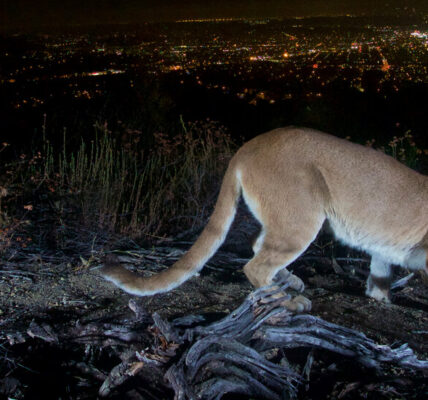Texans in areas plagued by drought conditions may be hoping Beryl will bring some relief. But they are likely to be disappointed: The storm is set to dump rain mostly on regions that do not really need it.
About a quarter of the state is currently in drought, according to the U.S. Drought Monitor, affecting areas mostly in West and Central Texas along the Rio Grande, as well as those just west of Austin and San Antonio. About 3.5 million Texans live in areas currently in moderate, severe or extreme levels of drought, the drought monitor shows.
But with Beryl forecast to head north and then east after making landfall along the central part of the Texas coast, that means rainfall is likely for only areas that are not in need of it, the drought monitor shows.
“Whenever we kind of miss out with one of these systems, where it doesn’t go into the area we wish it would go into, it just prolongs the agony of drought in the areas that really need water right now,” said Paul Yura, a meteorologist at the Austin-San Antonio office of the National Weather Service.
Texas generally relies on “tropical activity” for summertime rainfall, Mr. Yura said. And storms this year have already helped improve the drought outlook.
Last month, Tropical Storm Alberto brought rain to South Texas after making landfall in Mexico. Rains from that storm helped bring down the percentage of the state in drought from 30 percent to 25 percent. And before Alberto, an unusually wet first five months of the year helped the state’s drought outlook.
Last year was the hottest in Texas since at least 1895, and by last September, 86 percent of the state was in drought, according to the Texas Water Development Board. The state’s driest year on record was 2011, when almost all of its land — 99.96 percent — was experiencing drought in late September.
The picture today is highly regionalized, Mr. Yura said, with drought concentrated in West and South Central Texas. And nowhere in the state is facing as extreme conditions as those in 2011, according to the U.S. Drought Monitor.




